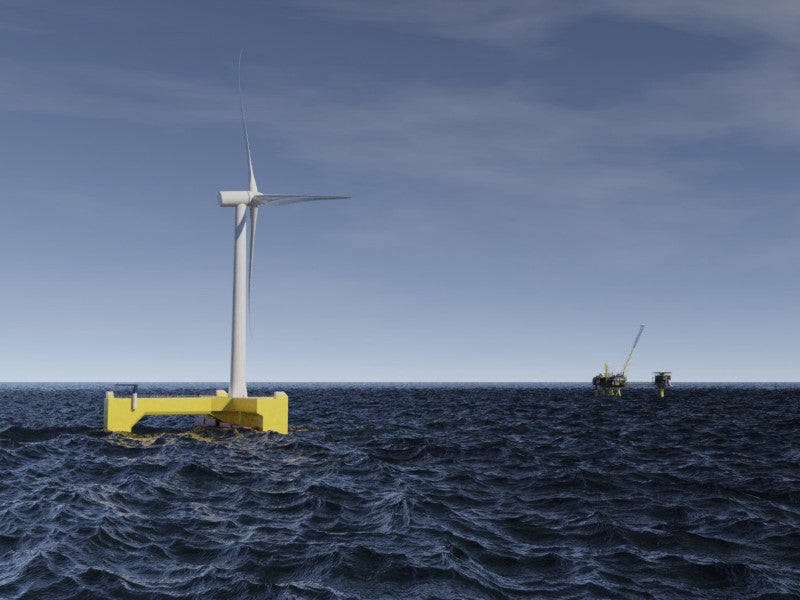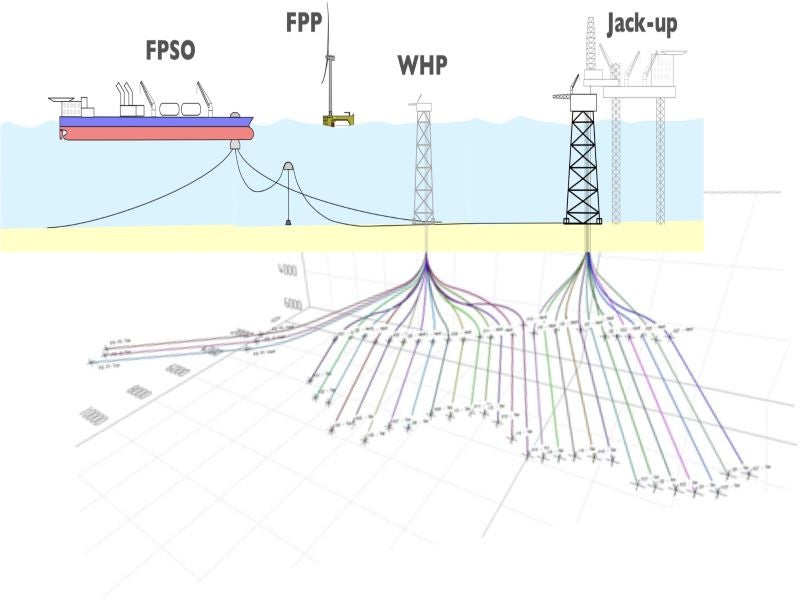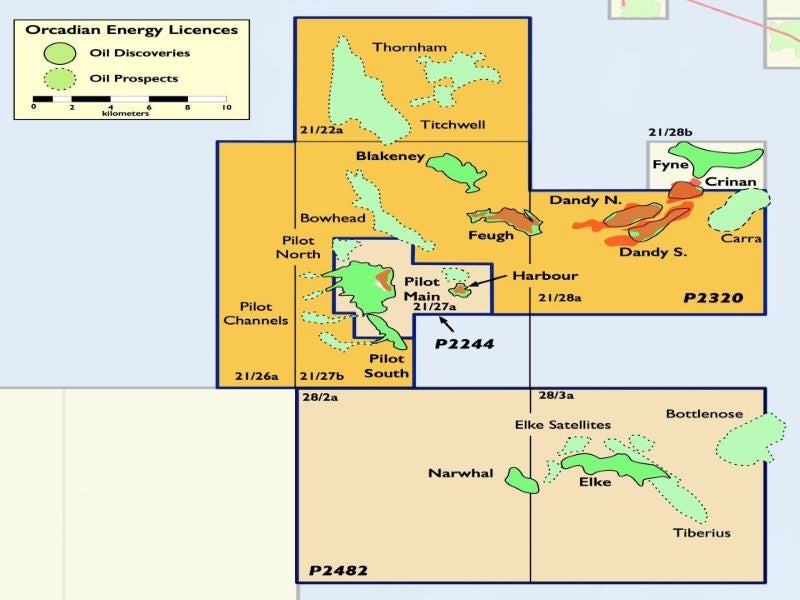The Pilot oil field is a proposed offshore oil field development located in the UK North Sea.
Orcadian Energy (formerly Pharis Energy), an oil and gas company based in the UK, is the sole licensee of the P2244 license, which contains the Pilot Main, Pilot South and Harbour discoveries.
The Pilot field development will use renewable power, making it one of the lowest carbon emitting oil production facilities in the world.
Emissions per barrel produced will be in the lowest 5% of global oil production and less than half of the lowest emitting oil facility currently operating on the United Kingdom Continental Shelf (UKCS).
Pilot oil field development background
UK-based EnQuest, a hydrocarbon exploration and production company, won a drill-or-drop licence for the Pilot field in 2011. The company decided not to drill a well to retain the licence after a thorough geological and geophysical evaluation of the field.
In November 2014, the P2244 license was awarded to Orcadian by the UK Government as part of the 28th Seaward Licensing Round.
Orcadian received $1m from Shell in 2019 as part of a marketing arrangement for the development of the Pilot field. A study to prepare a Concept Select Report for the Pilot field was conducted between September 2019 and September 2020.
The Concept Select Report Addendum was submitted to the North Sea Transition Authority (NSTA), also known as the Oil and Gas Authority (OGA), in July 2021. Orcadian received a Letter of no Objection from the OGA in November 2021. Orcadian subsequently submitted a draft field development plan (FDP) to the NSTA in June 2022.
Location and reservoir details
The Pilot oil field is located in block 21/27a of the P2244 license in the UK North Sea.
The field reservoir is composed of Eocene Tay sands with viscous oil and American Petroleum Institute (API) gravities ranging from 12º to 17º, while reservoir viscosities range from approximately 100 centipoise (cP) to 1,200cP.
The proven and probable reserves of the field are estimated at 79 million barrels of oil.
Discovery and appraisal
The Pilot field was discovered in November 1989 by Fina (Petrofina) and its partners. The 21/27-2 discovery well at the Pilot field was drilled using the Glomar Arctic III rig. The well tested a 6ft interval at the top of the reservoir that flowed at 80-115 barrels per day (bpd) of 17º API oil.
The first appraisal well 21/27-3 on the Pilot field was drilled using the Ocean Kokuei drilling rig between June and July 1990. However, the well didn’t meet Fina’s expectations due to pinched-out sands and a low-quality oil-bearing sand interval.
Ocean Kokuei was moved south between July and August 1990 to drill the 21/27-4 well leading to the discovery of the Pilot South field. The discovery had shallower oil-water contact compared to the Pilot Main field and now forms a part of the Pilot field.
With its partners Monument and Repsol, Fina commissioned the Santa Fe 135 rig at the Pilot discovery and drilled the 21/27a-5, with a sidetrack to drill the 21/27a-5Z and short horizontal well 21/27a-5X, which produced more than 1,800bpd during testing. The wells were drilled between September and November 1998.
A new appraisal well 21/27a-6 was drilled by Venture Production between June and July 2007 using the Noble Ton Van Langeveld drilling rig.
Pilot oil field development plan
The Pilot field is a well-appraised oil field with five wells and two sidetracks completed and ready for development.
The field development aims to use the polymer flooding method to maximise economic recovery. The method will employ a floating production storage and offloading (FPSO) vessel, two wellhead platforms and 34 wells.
Orcadian proposed the installation of a floating wind turbine unit supplemented by associated gas to generate the power required during the field development.
Contractors involved
Orcadian signed a seismic licensing deal with the energy data company TGS in June 2022. As part of the deal, Orcadian would gain access to 2,070km² of newly reprocessed and interpreted, high-quality 3D seismic data, which covers most of Orcadian’s licences.
TGS owns three surveys over Orcadian’s licences on the Western Platform, which includes the Blakeney survey covering blocks 21/22a, 21/26a, 21/27a and 21/27b.
Orcadian engaged consulting agency Crondall Energy, rig design and engineering specialist RDS (part of KCA Deutag), and energy services company Petrofac to prepare the Concept Select Report.
Stellar Energy Advisors was engaged to handle the farm-out process for the Pilot field on behalf of Orcadian.
Energy consulting firm Sproule conducted an independent audit of Orcadian’s interpretation of the Pilot oil field reservoir and development scheme.










